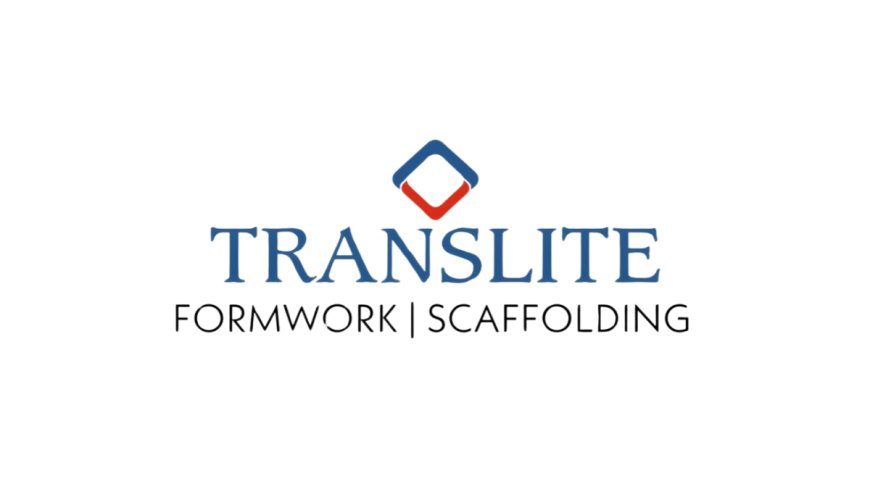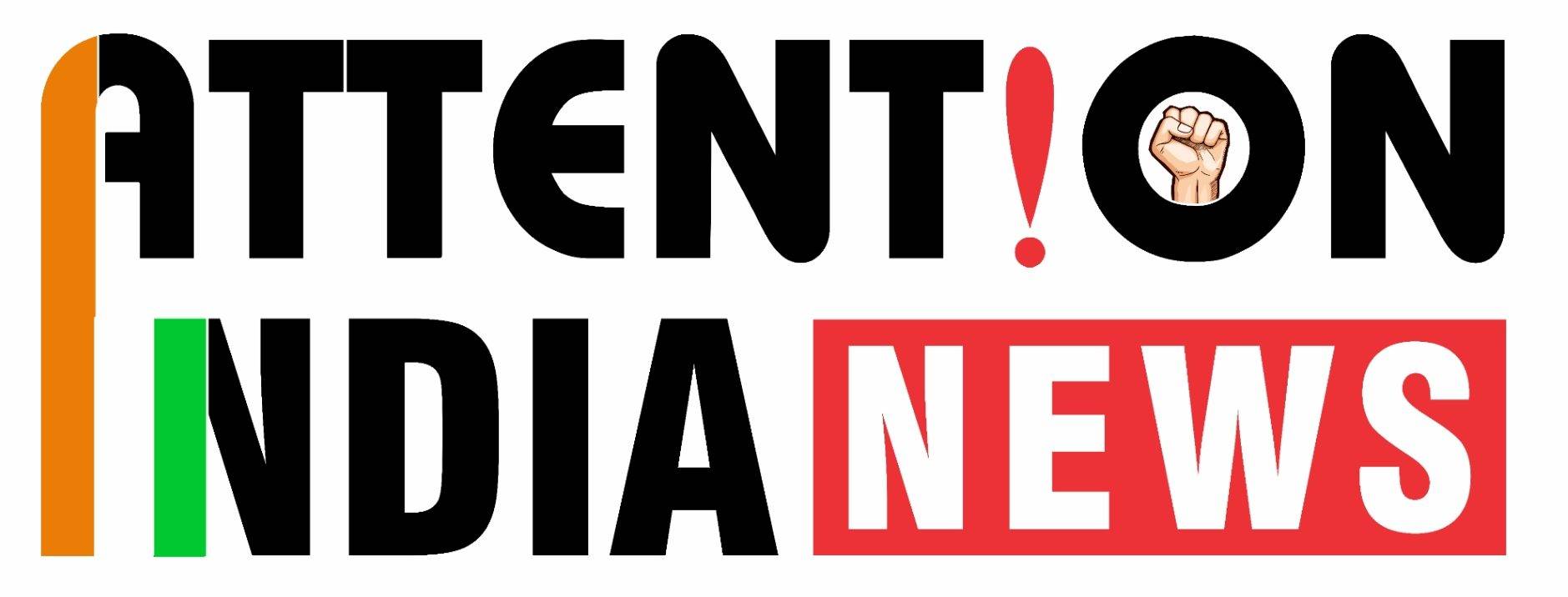Engineering Growth: Interview with Translite Scaffolding on Innovation, Safety, and Global Expansion
Noida (Uttar Pradesh) [India], September 11: Translite Scaffolding Ltd. has established itself as a trusted name in India’s construction infrastructure sector, known for delivering precision-engineered formwork systems and high-quality scaffolding solutions. Since its incorporation in 2011, the company has played a pivotal role in large-scale projects such as metros, highways, bridges, and elevated roads. Under [...]


Noida (Uttar Pradesh) [India], September 11: Translite Scaffolding Ltd. has established itself as a trusted name in India’s construction infrastructure sector, known for delivering precision-engineered formwork systems and high-quality scaffolding solutions. Since its incorporation in 2011, the company has played a pivotal role in large-scale projects such as metros, highways, bridges, and elevated roads. Under the leadership of Mayank Pathak, Managing Director at Translite Scaffolding Ltd., the company has consistently emphasised modularity, safety, and timely execution on site. With in-house engineering, CAD-based design, and meticulous logistics, Translite Scaffolding has become a preferred partner for infrastructure clients across India and international markets.

1. Could you share your journey—from the founding of Translite Scaffolding in 2011 to its current standing—and the initial vision that guided the company’s early days?
MP: When we founded Translite Scaffolding in 2011, our vision was clear: to become a reliable partner for India’s infrastructure growth by providing world-class scaffolding and formwork solutions. The early years were about proving our engineering competence and establishing trust with leading EPC companies. We started with a small but highly dedicated team, focusing on quality, modularity, and on-time delivery. Over the years, through projects like Delhi Metro, Pune Metro, Indore Metro, and national highway bridges, we have earned a reputation as a trusted solutions provider, not just a supplier. Today, Translite is proud to be contributing to some of the largest and most complex infrastructure projects in India and abroad, while staying rooted in the same vision of safety, precision, and reliability.
2. Translite offers modular systems like Cuplock, Ringlock, H-frame, and K-stage, with customisation for site-specific conditions. What advantages do these bring compared to traditional scaffolding methods?
MP: Traditional scaffolding methods are labour-intensive, time-consuming, and often prone to safety concerns. Our modular systems—Cuplock, Ringlock, H-frame, and K-stage—are engineered for faster assembly, higher load-bearing capacity, and complete adaptability to complex geometries. The advantages are:
-
Speed – up to 30–40% reduction in erection/dismantling time.
-
Safety – standardised components ensure structural stability.
-
Versatility – suitable for metro viaducts, flyovers, refineries, or industrial plants.
-
Cost-effectiveness – reduced labor and minimal rework lead to significant savings.
In short, modularity transforms scaffolding from being just a support system into a strategic tool for construction efficiency.
3. The Dhamra Port underhang scaffolding project has been highlighted as a milestone. Could you walk us through the challenges and engineering solutions involved in executing this unique suspended structure?
MP: Dhamra Port was indeed a milestone because it required suspended scaffolding under a pipe stack, a highly complex engineering challenge. The risks involved were structural stability 8m above ground level, limited anchoring points, and strict safety norms.
Our engineering team designed a custom underhang support system using modular Cuplock with cantilever A-frames. Load distribution was analysed through STAAD, 3D CAD modelling and structural simulations, ensuring no overstress at any point. We also developed safe erection methodologies with specialised working platforms to minimise risks. The project not only validated Translite’s design-to-execution capabilities but also showcased our ability to deliver in high-risk, non-conventional environments.
4. Your formwork solutions often involve tailored shuttering for complex projects. How does your in-house design team leverage CAD and simulations to ensure accuracy and reduce on-site adjustments?
MP: Our in-house design team is central to what we do. Every project begins with a detailed structural analysis and CAD-based 3D modelling. Before fabrication, we run load simulations and stress tests digitally, which allows us to identify weak points or required reinforcements in advance.
By the time the material reaches the site, it is pre-validated and tailor-made, ensuring minimal rework. This approach saves contractors both time and cost, while giving confidence that the formwork will perform exactly as intended, even for complex curved or variable-depth structures like metro piers, PSC girders, or box culverts.
5. Logistics is a critical factor in construction timelines. What processes have you introduced to align scaffolding deliveries with project milestones and ensure efficiency across multiple sites?
MP: We recognised early on that even the best engineering solutions can fail if not delivered on time. That’s why we built a robust logistics framework:
-
Project-wise delivery scheduling, aligned with client milestone charts.
-
Part code and ERP tracking to monitor material movement in real-time.
-
Dedicated dispatch teams to ensure accurate packing, loading, and sequencing.
These systems ensure that Translite materials arrive on site exactly when needed, preventing delays and unnecessary idle inventory.
6. With your growing presence in international markets like the UAE and Saudi Arabia, how do you adapt to differing safety and material standards, and what lessons have you drawn from working abroad?
MP: International markets demand stringent compliance with EN and BS standards. To meet this, we have upgraded our production with zero-tolerance fabrication practices, hot-dip galvanization, and certified welding protocols.
The biggest lesson from overseas projects is that safety, documentation, and certification are as important as engineering strength. We have adopted these practices back in India, raising our domestic standards to global benchmarks. Working abroad has also made us more agile in customization, as every country has unique requirements in load classes, coupler designs, or protective coatings.
7. Safety remains paramount in scaffolding. How does Translite ensure structural integrity and worker protection—from material selection to training and client usage guidelines?
MP: Safety is the DNA of Translite. We ensure it through:
-
Material selection – only certified raw material, IS 2062, E250/EN grade steel is used.
-
Quality control – in-house testing for load, welds, and dimensional accuracy.
-
Design validation – CAD analysis, mock-up assemblies, and third-party inspections.
-
Training & guidelines – we conduct on-site training sessions for client teams on correct erection and dismantling practices.
-
Documentation – usage manuals, load charts, and method statements are shared with every delivery.
This holistic approach ensures that our scaffolding is not just strong on paper, but also safe in the field.
8. As India’s infrastructure ambitions evolve, what emerging trends or technologies do you see shaping the future of scaffolding and formwork in the next five years?
MP: The next five years will be about smart, lightweight, and digital-enabled systems. Key trends we foresee are:
-
Aluminum & composite formwork for faster cycles and reduced weight.
-
Hybrid scaffolding systems combining steel strength with aluminum ease.
-
Digital integration – BIM-linked scaffolding models for clash detection and planning.
-
Safety automation – IoT-based load sensors, RFID tracking, and AI-driven site monitoring.
India’s scale of infrastructure—metros, high-speed rail, expressways—demands precision and speed, and these technologies will be game changers.
9. Can you share an example of a project—beyond Dhamra Port or DMRC—where Translite’s systems significantly accelerated construction or improved cost-effectiveness?
MP: A good example is our work on the Indore Metro and elevated highway projects. For the metro viaduct, our custom-designed PSC girder shuttering system reduced casting cycle time from 21 days to just 14 days, saving nearly 30% of project time.
Similarly, on highway flyovers, our modular pier and pier-cap shuttering eliminated repeated fabrication, allowing contractors to reuse the same system across multiple spans, drastically improving cost-effectiveness. These projects demonstrate how our engineering-first approach directly benefits timelines and budgets.
10. Looking ahead, what are your strategic goals for Translite Scaffolding? Do you see expansion in product lines, greater R&D investment, or new geographic markets as part of your roadmap?
MP: Our roadmap is built on three pillars:
-
Product Innovation – expanding into aluminum systems, composite boards, and heavy-duty steel structures.
-
R&D Investment – setting up a dedicated innovation lab for structural testing, BIM integration, and advanced coating technologies.
-
Global Reach – strengthening presence in the Middle East and Africa, while targeting high-speed rail and smart city projects in India.
Ultimately, our goal is to position Translite as a global leader in scaffolding and formwork engineering, known not only for supplying equipment but for delivering end-to-end construction support solutions.







